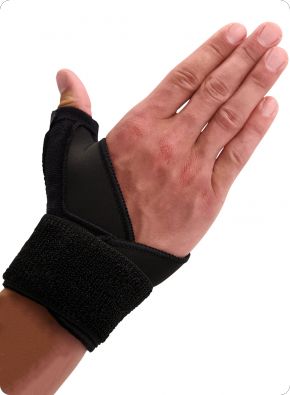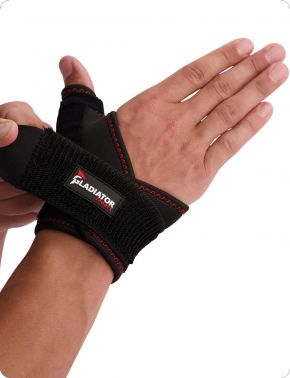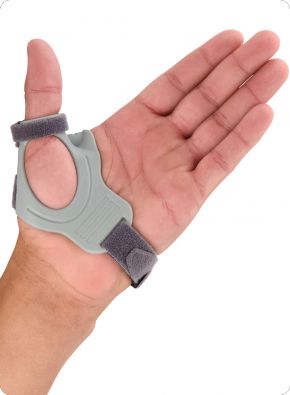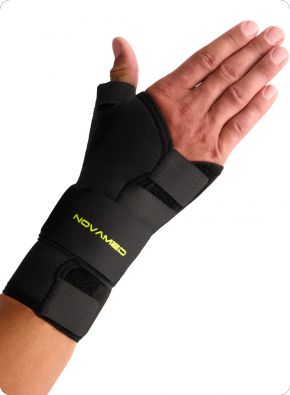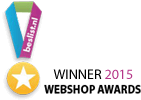Size determination for a thumb brace
Determining the correct size of a thumb brace is more important than you might initially think. When you wear a properly fitting thumb brace, you are assured of the correct support and protection. How to determine the correct size and why this is so important is explained below.
The importance of a good fit
If a thumb brace does not fit properly, it can cause annoying problems. The brace should not be too tight, but certainly not too loose either. Below are a number of reasons why a good fit is so important.
- The best support: a thumb brace is intended to stabilise the thumb and restrict movement to promote healing or prevent further injury. If the brace is too loose, it does not provide enough support, while a brace that is too tight can impede circulation and is uncomfortable to wear.
- Comfort: a well-fitting thumb brace should be comfortable. If the brace does not fit properly, it can chafe, cause blisters or restrict freedom of movement, making you tend not to wear it when you need to.
- Faster recovery: when you wear a thumb brace with the right fit, it has a positive effect on the length of time you recover. A right fit thumb brace provides the appropriate pressure and compression, making your recovery faster.

Tips for determining the right size
Choosing the right thumb brace size is not complicated, but it does require accuracy. Follow the steps below to determine the correct size.
- Measure your thumb: measure the width of the extreme joint of the thumb, just in front of the nail.
- Use a flexible tape measure, preferably made of linen. This tape measure is very flexible and soft. Do not use a tape measure. This not only measures very awkwardly, but also increases the risk of injury. A tape measure is not suitable for measuring.
- Determine the height of the brace: thumb braces come in different heights, ranging from just the thumb to a brace for the thumb and wrist. Based on your injury, decide which type of brace is most suitable for you.
- Consult the size chart: each brand of thumb brace has its own size chart that you can consult. It is therefore very important to look at this carefully. Compare your thumb circumference with the size chart to find the right size.
- Adjust the brace: once you have found the right thumb brace size, adjust it according to the manufacturer's instructions. Make sure the brace is firm but not too tight. You should still be able to move your fingers and thumb without discomfort. If the brace is too loose, then you will not get the best support and it may sag. Too tight is obviously not the idea either. It is not only very uncomfortable, but can also cause pinching, resulting in poor circulation.
- Try out the brace: gently move your hand and thumb with the brace on to check whether the fit is comfortable and provides sufficient support.
Want to buy a thumb brace?
Want to know which thumb brace is best for your injury? Then don't hesitate to contact our customer service team. They answer many customer questions every day and can tell you everything about our products and their use. Our team consists of enthusiastic medical specialists who will be happy to help you. They can be reached by phone, live chat and e-mail.


